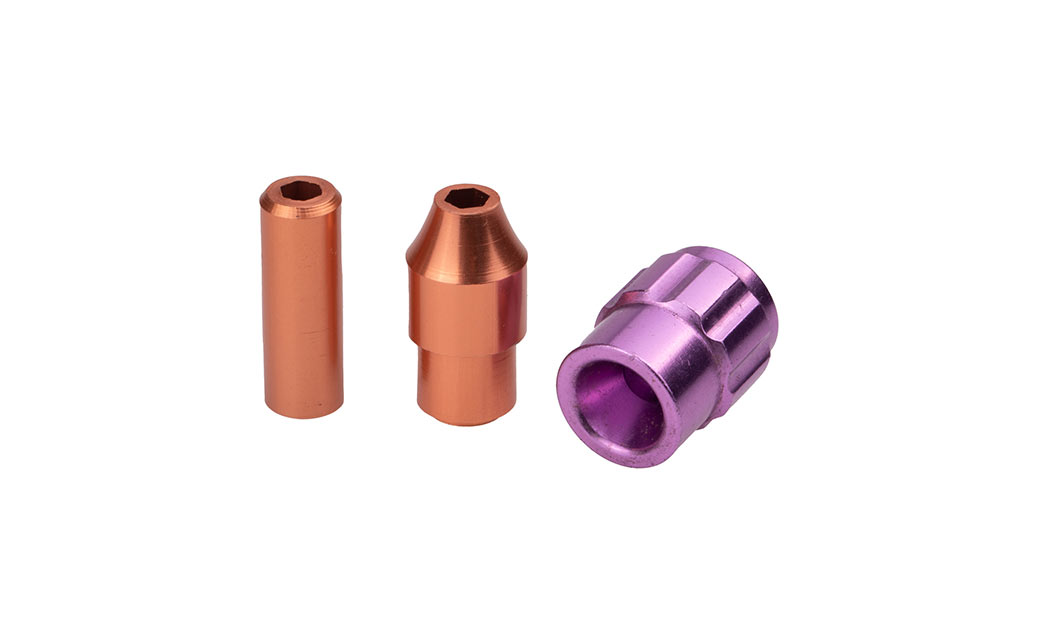Factors Affecting Surface Roughness of Lathe Machined Parts
The advantages of large-scale CNC lathe processing and the three factors that improve the processing efficiency of CNC lathes are what we must know. However, the surface roughness of large-scale CNC lathe processing is the basic unit of surface geometric features, which affects the surface roughness of large-scale CNC lathe processing parts. What factors do you know?
1. Geometrical factors: From the geometrical point of view of surface roughness, the shape and geometrical angle of the tool, especially the radius of the tool nose arc, the main declination angle, the secondary declination angle and the feed in the cutting amount, etc. have a great influence on the surface roughness. greater impact.
2. Physical factors: Considering the physical essence of the machining process of large CNC lathes, the edge fillet of the tool and the subsequent extrusion and friction cause plastic deformation of the metal material, which seriously deteriorates the surface roughness. When large-scale CNC lathes process plastic materials to form band-shaped chips, it is easy to form a built-up edge with high hardness on the rake face. It can replace the rake face and cutting edge for cutting, so that the geometric angle of the tool and the amount of back-engagement are changed. The profile of the built-up edge is very irregular, resulting in a constantly changing depth and width of the tool marks on the workpiece surface. Some built-up edges are embedded in the surface of the workpiece, further increasing the surface roughness. Vibration occurs during cutting, which increases the surface roughness parameter value of the workpiece.
3. Processing technology factors: From the perspective of large-scale CNC lathe processing technology, its influence on the surface roughness of the machined workpiece is considered. There are mainly factors related to cutting tools, factors related to workpiece material and factors related to CNC machining conditions.


